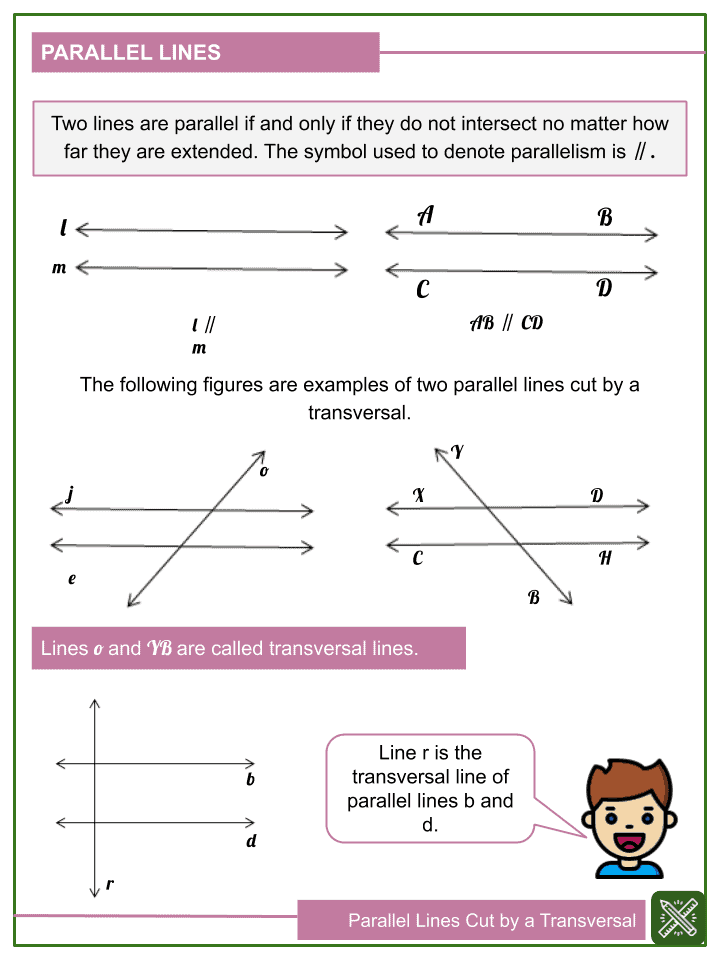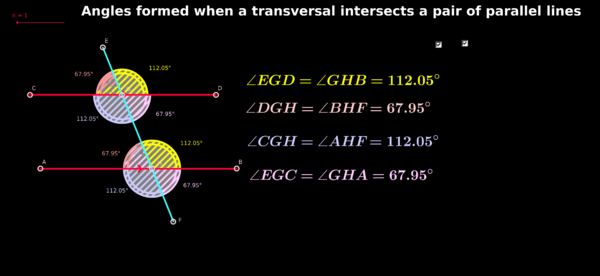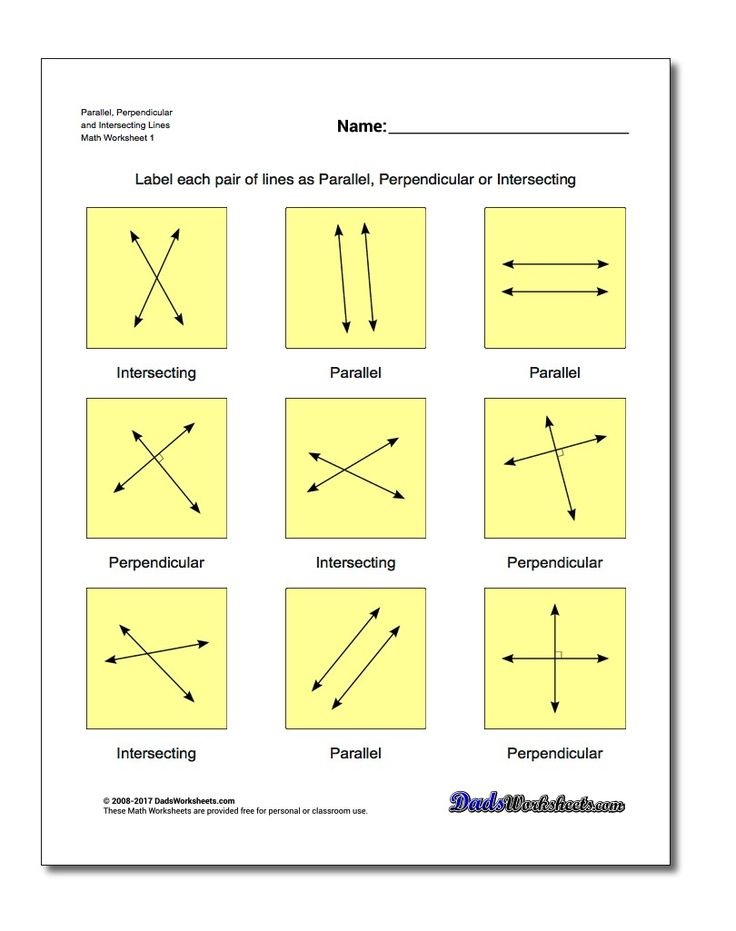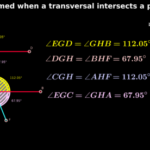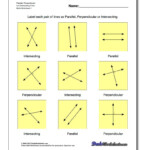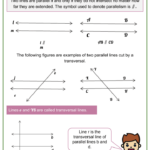Intersecting Lines And Angles Worksheet – You’ve found the right place if you are looking for Line Angle Worksheets. These printables can help you improve your math skills and learn the fundamentals of angles and lines. They also help you learn to read and use a protractor. In addition, these worksheets will help you classify angles and identify the relationship between different angles.
Practice reading and using a protractor
When reading angles, you need to use a protractor. There are two types of scales on a protractor: an inner and outer. The inner scale is used for angles that open to the right, and the outer scale is used for angles that open to the left. Students can practice reading protractor scales by using printable exercises. These exercises can also be used to help students determine the dimensions of angles in one-degree increments.
Students can practice using a protractor on the worksheets. Each worksheet features 6 problems using a protractor to make an angle. You will also find 20 problems for identifying angles. Students must understand how to read protractors and make measurements.
Classify angles
There are three types: right, acute, or obtuse angles. A protractor should help you distinguish between the three types. The right angle measures 90 degrees and is usually the easiest to identify. You should avoid angles that are not quite right, and make sure that the angles in the last worksheet are near right angles.
A classify line angle worksheet is a great way to help students understand the various classifications of angles. These worksheets are ideal for students in grades four, five, and six. They will help students identify different types of angles and give them more confidence.
Alternate interior angles
Line angle worksheets are presented to students in grades 4-8. They include alternate interior angles and exterior angles. The first refers to angles that do not form a straight line. They are created by crossing two parallel lines. The latter is the angle formed by crossing two parallellines in a different manner, but they are not always congruent.
Alternate interior angles refer to angles that have two vertices on opposite sides of a parallelline. They are also called co-interior angles. There are many types of angles with similar dimensions.
Identifying sides of angles
When you are studying geometry, it’s important to understand how to identify the sides of line angles. These angles are an important part of geometry and are usually introduced to fourth-graders. However, for some students, these concepts are difficult to understand. You might consider having a tutor for your child or enrolling them in a maths tutoring program.
You may have encountered an angle in everyday life, such as the edge of a table or door. The protractor can be used to identify angles and measure them in degrees. Angles have two sides – an initial side and a second side. The initial side of a line is the straight line, and the second side is the angle’s other side.
